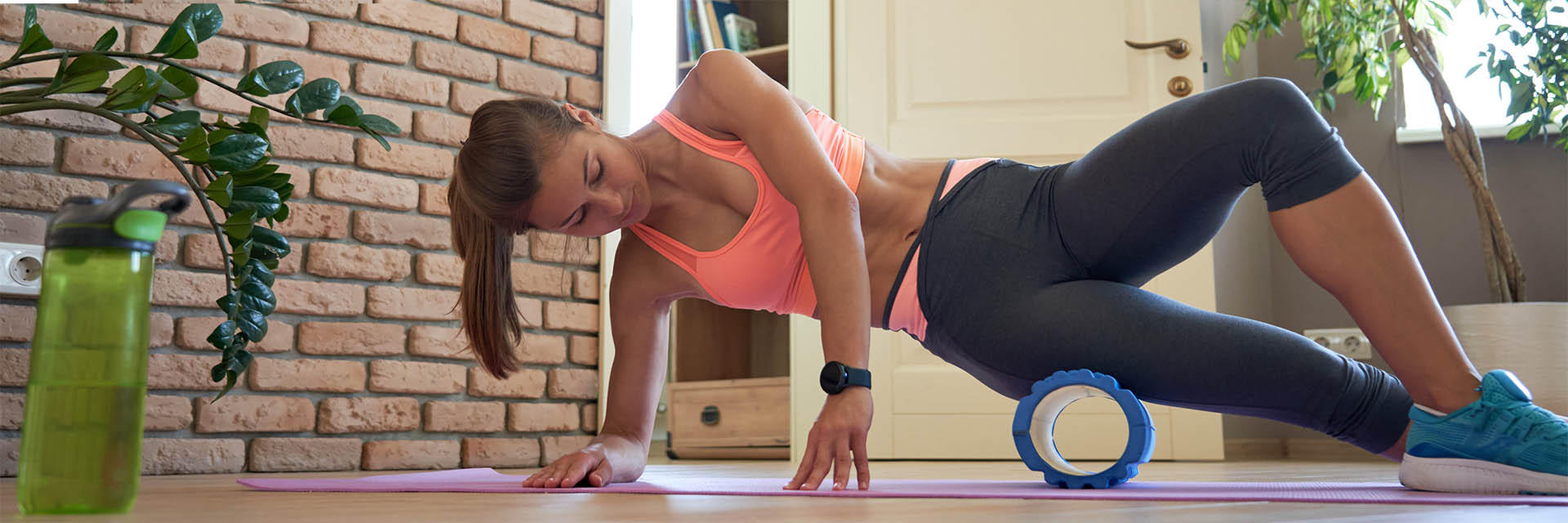The thing about sciatica is its symptoms may look like any number of other conditions or medical problems, from a backache or arthritis to a compressed nerve or broken hip bone. In other words, it can be difficult to diagnose. But if you suffer from the symptoms of sciatica, one thing is for sure, you’ll want to get relief.
Sciatica is a broad term for pain that happens when pressure builds on the nerve in the spine due to irritation or injury. You’ll likely feel the pain extend from the lower back through the pelvis and hip all the way down the leg. Because the sciatic nerve is the largest nerve in the body, and the main nerve in the leg, the sharp pain that often comes with sciatica can make it very uncomfortable to sit for any length of time, stand up quickly, or even cough or sneeze.
“Because sciatica is defined by a number of symptoms caused by an underlying medical condition, such as a herniated or degenerative disc or pinched nerve, it really isn’t a specific medical diagnosis,” explains Daniel Sanders, M.D., an anesthesiologist and pain management physician on the medical staff at Texas Health Presbyterian Hospital Allen and with Spine Team Texas, a Texas Health Physicians Group practice. “This can be a bit confusing because the symptoms are there, but they can vary widely from shooting pain that radiates down one or both legs to numbness, tingling or a burning sensation — depending on the cause.”
About 40 percent of Americans experience sciatica sometime during their life. According to Sanders, the main reason so many adults develop symptoms can be attributed to a lifestyle that promotes long periods of sitting, lack of exercise and excessive weight gain that leads to decreased core strength. He points to other risk factors as well, including:
- Injury/previous injury to the lower back or spine
- Normal aging
- Pregnancy
- A physical job that requires heavy lifting
- Diabetes
- Osteoarthritis
- Not following proper body form during weight lifting
- Smoking
“All of these factors put increased stress on the spine and surrounding muscle, leading to the breakdown of bones, ligaments and other structures over time and subsequent pressure on the nerves,” Sanders adds.
Choose Exercise Over Rest
While bed rest may seem like a good option to relieve sciatica, Sanders says it’s really a structured exercise routine that will provide the most value and keep symptoms at bay. “The right kind of movement that doesn’t put added pressure on the spine can help nourish your discs, improve muscle and bone strength, and promote the flexibility of your sciatic nerve for immediate and long-term benefits.”
The good news, according to Sanders, is that with time acute sciatica symptoms usually go away on their own and rarely require surgery. Non-surgical treatment options for sciatic nerve pain typically include anti-inflammatory medications, a customized course of physical therapy over 4-6 weeks and/or if necessary, a short course of pain-relieving injections.
The most important things Sanders says can be done to help prevent sciatica are to maintain good core strength, use appropriate posture when sitting, standing and lifting, and limit excessive heavy lifting.
“However, if sciatica pain happens and is severe and unremitting, or there are any red-flag signs such as weakness or loss of control of your bowel or bladder, you should seek medical intervention immediately. You should really feel empowered to seek medical attention for any type of sciatica symptoms, no matter the severity. A medical professional is the best person to work with you to find a cause as well as a solution,” Sanders notes.
Want to know more about your spine health? Take the Back Health Assessment to measure your pain or visit YourBackHealth.com for more information.
Spine Team Texas providers employed by Texas Health Back Care are not employees or agents of Texas Health Resources hospitals.© 2022 Texas Health Resources

